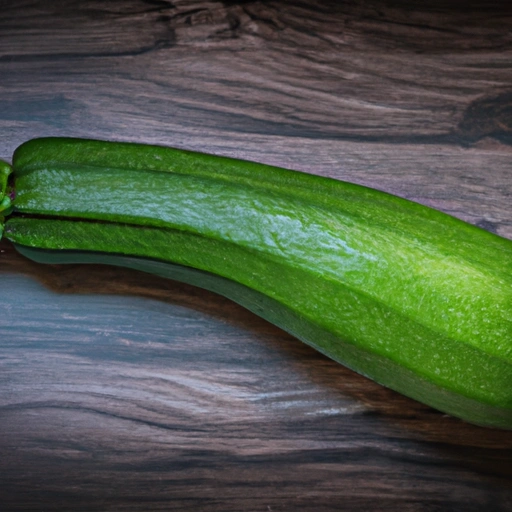Courgette
Description

Courgette, also known as zucchini, is a summer squash that can range in color from green to yellow. This versatile ingredient is treasured for its delicate flavor and tender texture, making it a staple in kitchens worldwide. In recipes, courgette can be measured in grams and kilograms for those using the metric system, or in ounces and pounds for those familiar with the imperial system. Additionally, in American recipes, courgette may be measured in cups, which are equivalent to approximately 240 milliliters in the metric system.
Common uses
Courgette is widely used as a vegetable in savory dishes, but it also has applications in sweet recipes such as bread and cakes. It's commonly incorporated into salads, stir-fries, and as a garnish, adding a nutritious boost to any meal.
Nutritional value
Calories
One medium courgette (about 196 grams or 6.9 ounces) contains approximately 33 calories.
Protein
One medium courgette provides about 2.4 grams of protein.
Fat
Courgettes are low in fat, with one medium courgette containing only 0.6 grams.
Carbohydrates
A medium courgette contains about 6.1 grams of carbohydrates.
Vitamins
Courgettes are a good source of vitamin C and also provide vitamin A and several B vitamins.
Minerals
They contain minerals such as potassium, magnesium, and small amounts of iron and calcium.
Health benefits
Courgette is known for its beneficial nutrients that can support good health. It is high in dietary fiber, which aids digestion, and has a high water content, which helps with hydration. The presence of antioxidants and anti-inflammatory compounds can also contribute to overall health and the prevention of certain diseases.
Potential risks
While courgette is generally safe for consumption, it can absorb pesticides, so it is recommended to choose organic when possible. In rare cases, courgette can cause allergic reactions in some individuals. Also, extremely large courgettes may contain high levels of cucurbitacins, which can cause gastrointestinal discomfort.
Common recipes
Courgette is popular in dishes such as ratatouille, zucchini bread, stuffed courgette, and zucchini noodles or 'zoodles' as a pasta substitute.
Cooking methods
This ingredient can be grilled, roasted, sautéed, fried, steamed, or eaten raw. It's also commonly spiralized or sliced for use in salads or as pasta.
Pairing with other ingredients
Courgette pairs well with flavors such as garlic, tomatoes, cheese, basil, and lemon. It complements proteins like chicken, fish, and beef, and can also be matched with grains like quinoa and rice.
Summary
Courgette is a versatile and nutritious ingredient, popular in diverse cuisines and suitable for a variety of cooking methods. Its subtle flavor and health benefits make it a valuable addition to any diet. Whether you're making a simple sauté or an elaborate dish, courgette is an excellent choice that can cater to a wide range of tastes and dietary preferences.